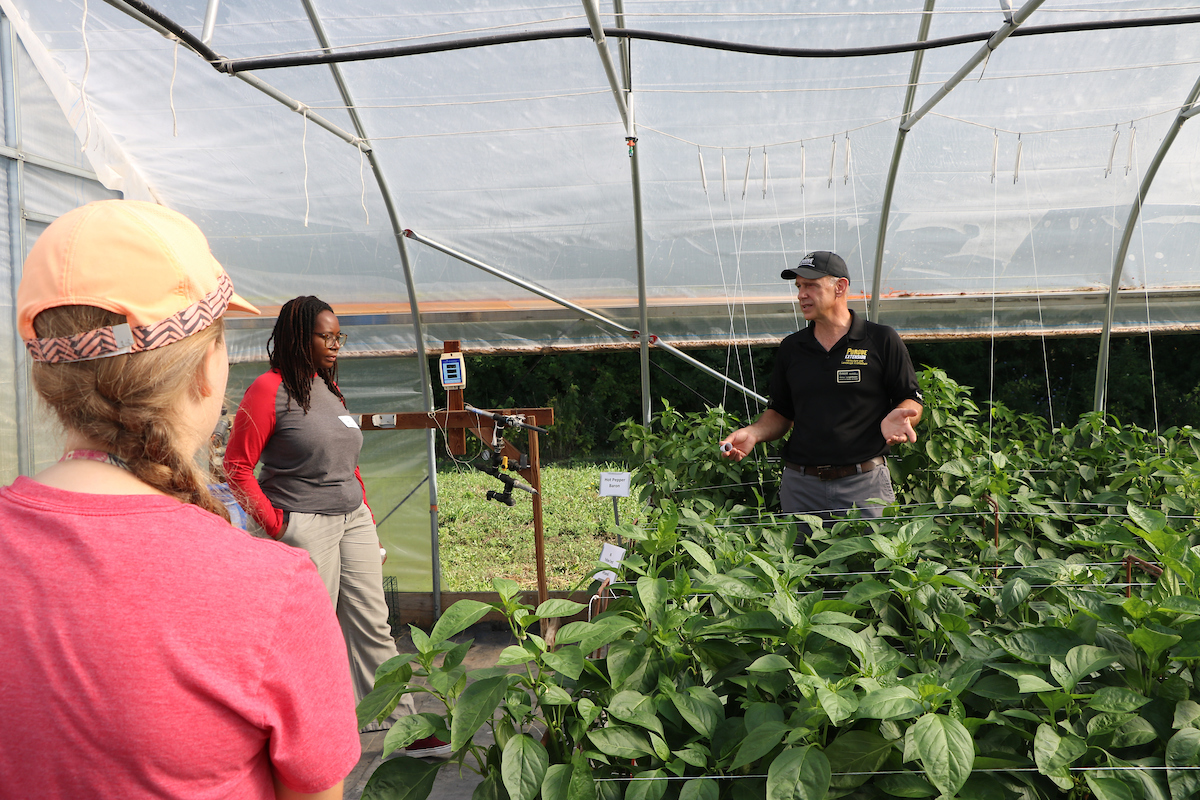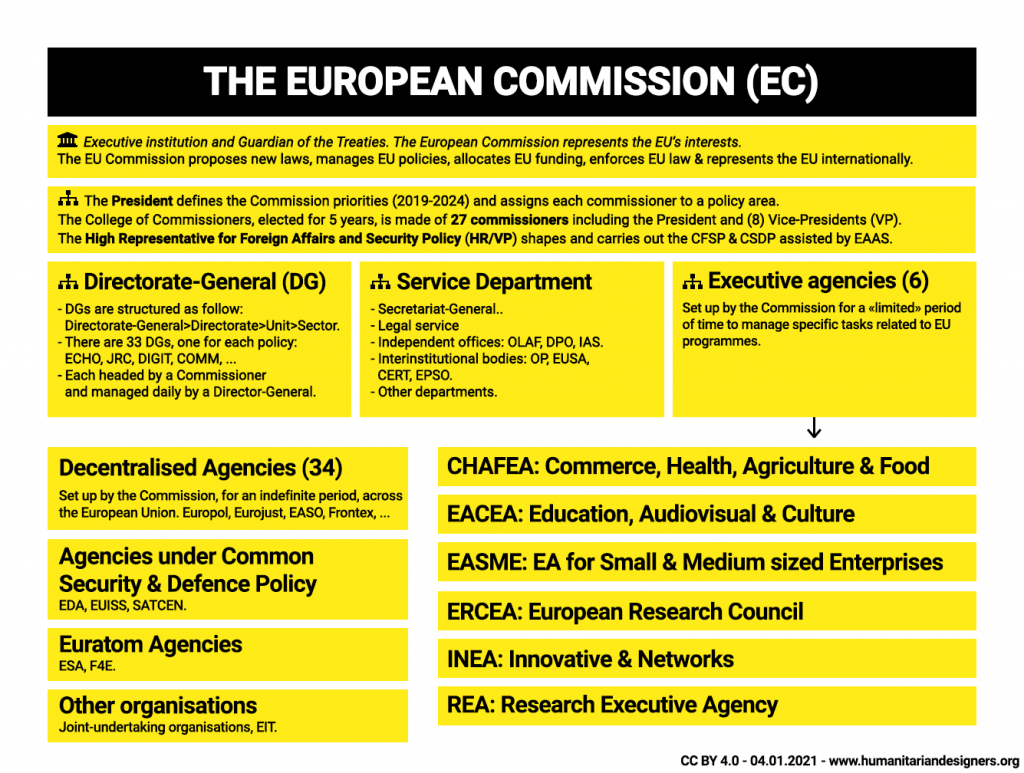Report on Rising Food Costs and Their Impact on Sustainable Development Goals
Executive Summary: Financial Stress and Its Conflict with SDG Targets
A recent poll by the Associated Press-NORC Center for Public Affairs Research reveals that rising grocery prices are a significant source of financial stress for nearly 90% of American adults. This economic pressure directly undermines progress toward several key Sustainable Development Goals (SDGs), particularly those concerning poverty, hunger, and well-being. The findings indicate a critical challenge to achieving economic stability and security for a vast portion of the population, highlighting a disconnect between economic conditions and the ambitions of the 2030 Agenda for Sustainable Development.
Key Findings: Economic Hardship and SDG Implications
The poll data illustrates a widespread economic strain that impedes the realization of fundamental SDGs:
- SDG 1 (No Poverty) & SDG 10 (Reduced Inequalities): 86% of American adults report stress over grocery costs, with 53% citing it as a major source. This financial burden disproportionately affects lower-income households, increasing their risk of poverty and widening economic inequality.
- SDG 3 (Good Health and Well-being): Beyond food, a significant portion of the population is stressed about other essential costs, including housing (47%), savings (43%), salary (43%), and healthcare (42%). This pervasive financial anxiety poses a direct threat to mental and physical well-being.
- SDG 2 (Zero Hunger): The concern over grocery prices was higher than any other financial issue polled, indicating that food affordability is a primary challenge. This directly impacts food security, a cornerstone of SDG 2, by potentially limiting access to sufficient and nutritious food.
Analysis of Food Price Inflation and Its Threat to SDG 2 (Zero Hunger)
Data from the Consumer Price Index (CPI) and the Bureau of Labor Statistics provides a detailed view of the inflation impacting food security. These trends present a significant obstacle to ensuring access to affordable food for all.
- Overall Food Inflation: The price of food has increased by 3% over the last 12 months, outpacing the general inflation rate of 2.7%. This trend erodes the purchasing power of consumers, making it harder to achieve SDG 2.
- Grocery Price Increases (June 2024 – June 2025):
- Meats, poultry, fish, and eggs: +5.6% (with egg prices soaring by 27.3%)
- Nonalcoholic beverages: +4.4%
- Cereals and bakery products: +0.9%
- Dairy products: +0.9%
- Fruits and vegetables: +0.7%
- Historical Context: While the current 3% food inflation is lower than the peaks of 10.4% in 2022 and 6.3% in 2021, it remains a persistent pressure on household budgets and a continued challenge to food affordability.
Impact of International Trade Policies on Economic Stability
Projected tariff increases threaten to exacerbate food price inflation, further complicating efforts to achieve economic stability and global cooperation as outlined in the SDGs.
SDG 17 (Partnerships for the Goals) & SDG 8 (Decent Work and Economic Growth)
Trade policies and tariffs have a direct bearing on domestic economies and international relations. The analysis suggests potential negative impacts:
- Projected Price Hikes: The Budget Lab at Yale estimates that new tariffs could raise overall food costs by an additional 3%. Specific categories like fresh produce could see long-term price increases of 3.6%, while processed rice could rise by 10.2%.
- Disruption to Global Supply Chains: In 2024, the U.S. imported approximately $221 billion in food products, primarily from Mexico, Canada, the EU, Brazil, and China. Proposed tariffs ranging from 15% (EU) to 35% (Canada) and 50% (Brazil) risk disrupting these partnerships, potentially leading to higher consumer prices and economic instability, which runs counter to the principles of SDG 8 and SDG 17.
Analysis of Sustainable Development Goals in the Article
1. Which SDGs are addressed or connected to the issues highlighted in the article?
-
SDG 1: No Poverty
The article connects to SDG 1 by highlighting the financial strain on American adults due to the rising cost of essential goods. The stress reported over salaries, savings, credit card debt, and the cost of housing and healthcare indicates a struggle with economic stability, which is a key component of poverty reduction.
-
SDG 2: Zero Hunger
This is the most central SDG in the article. The primary focus is on the rising cost of groceries and food price inflation. The article explicitly states that “Almost 90% of American adults say they’re stressed about the cost of groceries.” This financial barrier directly impacts people’s ability to access sufficient and nutritious food, which is the core mission of SDG 2.
-
SDG 3: Good Health and Well-being
The article directly addresses this goal by quantifying the mental health impact of economic pressures. It reports that grocery prices are a “major source of stress” for 53% of Americans. This financial stress is a significant factor affecting mental well-being, a key component of SDG 3.
-
SDG 8: Decent Work and Economic Growth
The article touches upon SDG 8 by mentioning that 43% of respondents are stressed about their salaries. This suggests that wages may not be keeping pace with the rising cost of living (inflation), which relates to the goal of ensuring decent work and fair pay for all.
-
SDG 10: Reduced Inequalities
While not a direct focus, the issues discussed relate to SDG 10. The rising cost of basic necessities like food and housing disproportionately affects lower-income households, potentially widening the gap between different economic groups. The widespread financial stress across various categories (salary, savings, debt) points to underlying economic inequalities.
2. What specific targets under those SDGs can be identified based on the article’s content?
-
Target 2.1: End hunger and ensure access to food
Explanation: This target aims to “ensure access by all people… to safe, nutritious and sufficient food all year round.” The article’s core theme is the rising cost of groceries, which presents a significant barrier to food access. The fact that poultry, ground beef, and eggs have seen the “biggest cost jumps” affects access to protein, a key part of a nutritious diet.
-
Target 2.c: Limit extreme food price volatility
Explanation: This target calls for measures “to ensure the proper functioning of food commodity markets… in order to help limit extreme food price volatility.” The article details specific price volatility, noting that “egg prices alone rose 27.3%” and that food inflation (3%) is outpacing overall inflation (2.7%). It also discusses how tariffs could further raise food costs, directly relating to market measures that impact price stability.
-
Target 3.4: Promote mental health and well-being
Explanation: This target includes the promotion of mental health and well-being. The article provides direct evidence related to this by stating that rising grocery prices are a “major source of stress” for a majority of Americans, thereby negatively impacting their mental well-being.
-
Target 1.2: Reduce poverty in all its dimensions
Explanation: This target aims to reduce poverty according to national definitions. The article highlights multiple financial pressures that contribute to economic vulnerability, including the cost of food, housing, healthcare, and concerns over salary and savings. These combined stressors can push individuals and families closer to or into poverty.
3. Are there any indicators mentioned or implied in the article that can be used to measure progress towards the identified targets?
-
Food Price Inflation / Consumer Price Index (CPI) for Food
Explanation: The article explicitly uses this indicator. It provides precise data from the Consumer Price Index and the Bureau of Labor Statistics, such as “the price of food has risen 3% in the last 12 months,” “groceries have risen 2.4%,” and “meats, poultry, fish and eggs rose in price by 5.6%.” This directly measures progress (or lack thereof) towards Target 2.c.
-
Percentage of Population Reporting Financial Stress
Explanation: The article uses poll data as a direct indicator of well-being. It states, “Almost 90% of American adults say they’re stressed about the cost of groceries,” and “53% see it as a major source of stress.” This metric can be used to track progress towards the mental health component of Target 3.4.
-
Price Changes of Staple Food Items
Explanation: The article provides specific price increases for staple goods, which serves as a granular indicator of food affordability. For example, it notes that “the price of chicken breast increased, per pound, by 81 cents” and “eggs grew 64 cents more expensive per dozen.” This data helps measure the real-world impact on consumers, relevant to Target 2.1.
-
Ratio of Food Inflation to Overall Inflation
Explanation: The article implies this indicator by comparing the two figures: “the cost of food is rising faster than the overall inflation rate as measured by the Consumer Price Index, at 2.7%.” This comparison highlights that food, a basic necessity, is becoming disproportionately more expensive, which is a key measure of economic strain on households.
4. Table of SDGs, Targets, and Indicators
| SDGs | Targets | Indicators |
|---|---|---|
| SDG 2: Zero Hunger | Target 2.1: By 2030, end hunger and ensure access by all people… to safe, nutritious and sufficient food all year round.
Target 2.c: Adopt measures to ensure the proper functioning of food commodity markets… to help limit extreme food price volatility. |
– Food Price Inflation / Consumer Price Index for food (e.g., food prices up 3%, groceries up 2.4%). – Price changes of specific staple food items (e.g., egg prices up 27.3%, chicken breast up 81 cents/pound). – Ratio of food inflation (3%) to overall inflation (2.7%). |
| SDG 3: Good Health and Well-being | Target 3.4: By 2030… promote mental health and well-being. | – Percentage of the population reporting financial stress (e.g., “Almost 90% of American adults say they’re stressed about the cost of groceries”; 53% report it as a “major source of stress”). |
| SDG 1: No Poverty | Target 1.2: By 2030, reduce at least by half the proportion of men, women and children of all ages living in poverty in all its dimensions according to national definitions. | – Percentage of population stressed about key financial areas (e.g., housing costs, savings, salary, health care costs). |
| SDG 8: Decent Work and Economic Growth | Target 8.5: By 2030, achieve… decent work for all… and equal pay for work of equal value. | – Percentage of population stressed about salary (43%), implying a gap between wage growth and the cost of living. |
Source: forbes.com







